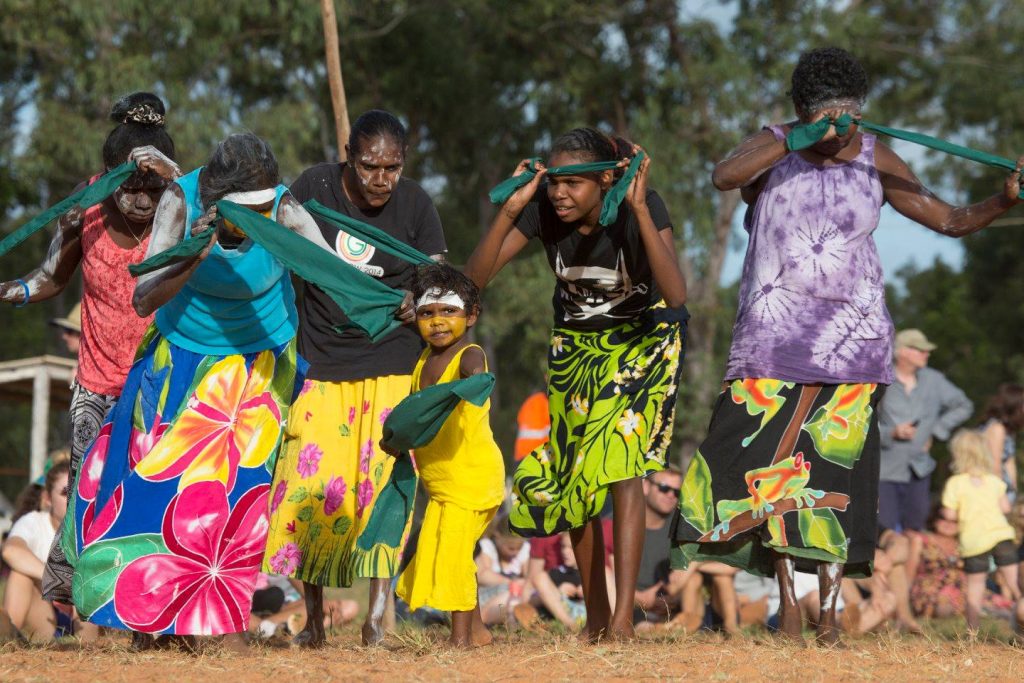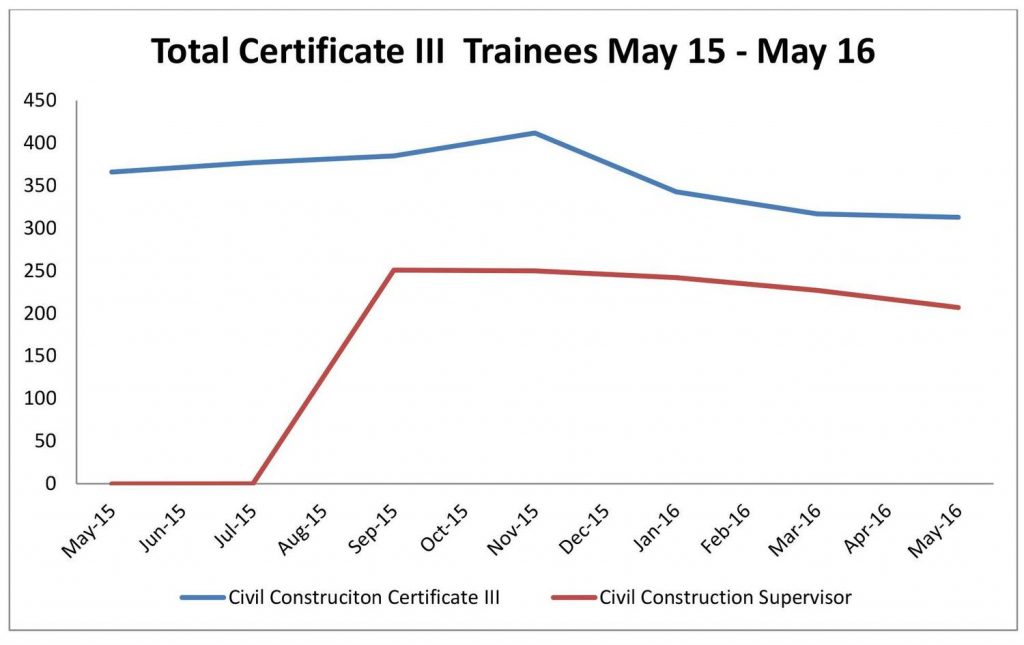The Garma Experience
Held at the Gulkula site on Arnhem Land and hosted by traditional land owners the Yolngu people, Garma was a once off experience of a mini immersion, to meet the local people that live on country along with meeting like-minded people and businesses from around Australia working in the space of Aboriginal rights, employment, health […]
The Garma Experience Read More »




